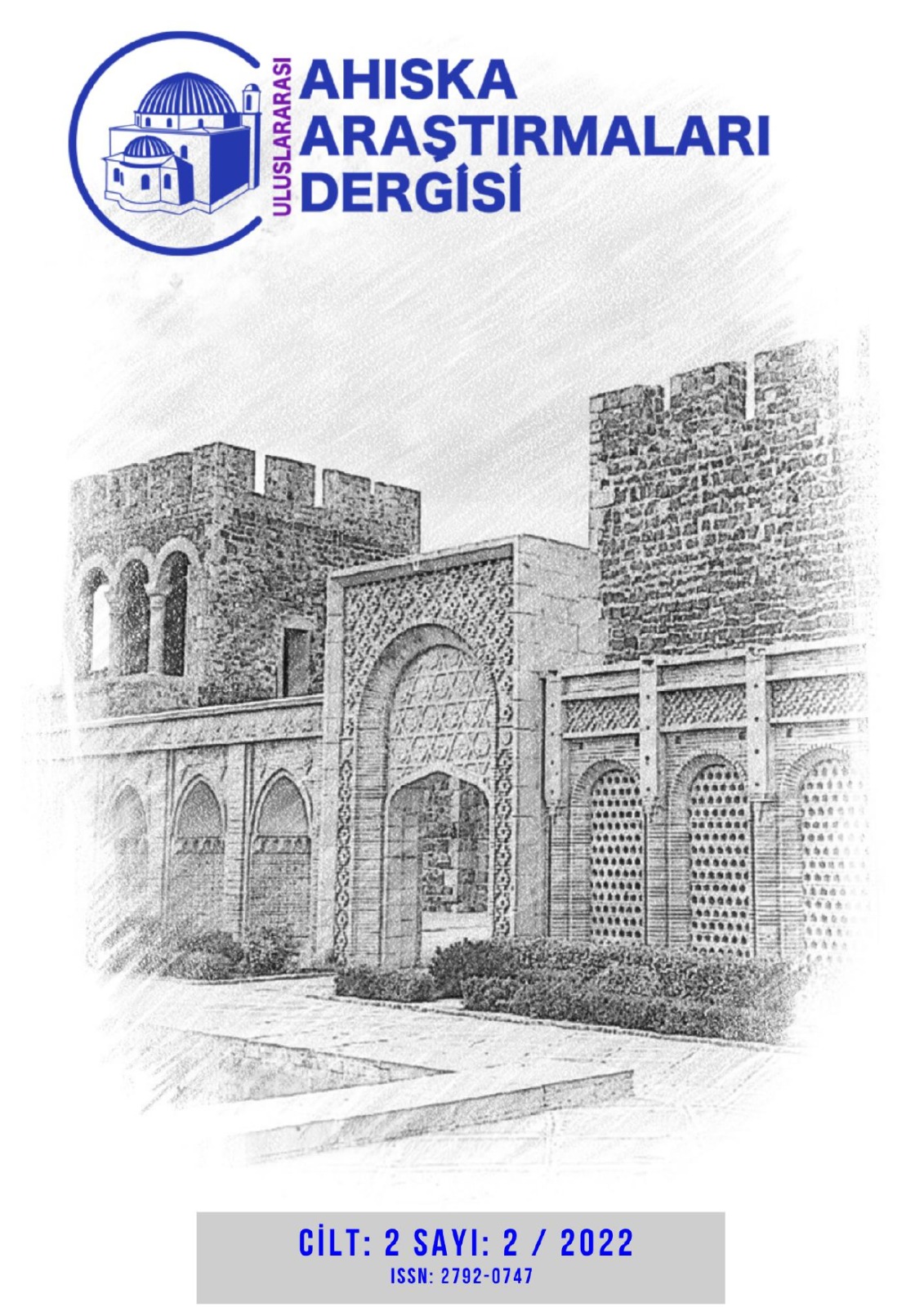CAUSES AND CONSEQUENCES OF EARLY MARRIAGES AMONG AHISKA TURKS IN KYRGYZSTAN
DOI:
https://doi.org/10.5281/zenodo.7537786Keywords:
Early marriage, Women's rights, Ahıska women, Causes of early marriages, Consequences of early marriagesAbstract
An early or child marriage is the formal or informal union of two persons, at least one of whom is under 18 years of age. Underage spouses are presumed to be incapable of giving their full consent to marriage because of their age. Therefore, early marriages should be recognized as a violation of human rights and the rights of the child. This paper discusses the causes of early marriages among Ahıska Turks and the impact of early marriages on women's physical and mental health. The analysis of the data from the survey conducted by the author of the article in 2022 was carried out. The survey was conducted among Turkish women of the Ahiska region. A faceto-face survey was conducted among Turkish Ahıska women in different age categories. The purpose of this survey is to determine the advantages and disadvantages of early marriages. This paper aims to determine the causes and consequences of early marriages among Ahıska Turks. The method chosen for gathering information was face-to-face interviews with Ahıska Turks. Early marriage is a gendered phenomenon that affects children of both genders in many ways. The right of girls to be protected from early marriage is enshrined in several international agreements, including the Convention on the Rights of the Child (CRC) and the Convention on the Elimination of All Forms of Discrimination against Women (CEDAW). Both documents call on countries to set the minimum age of marriage at 18 in their national legislation.
Downloads
Published
How to Cite
Issue
Section
License

This work is licensed under a Creative Commons Attribution 4.0 International License.
Lisance
The journal is licensed under a Attribution 4.0 International (CC BY 4.0).
You are free to:
- Share — copy and redistribute the material in any medium or format
- Adapt — remix, transform, and build upon the material
- for any purpose, even commercially.
- The licensor cannot revoke these freedoms as long as you follow the license terms.
Under the following terms:
-
Attribution — You must give appropriate credit, provide a link to the license, and indicate if changes were made. You may do so in any reasonable manner, but not in any way that suggests the licensor endorses you or your use.
- No additional restrictions — You may not apply legal terms or technological measures that legally restrict others from doing anything the license permits.




